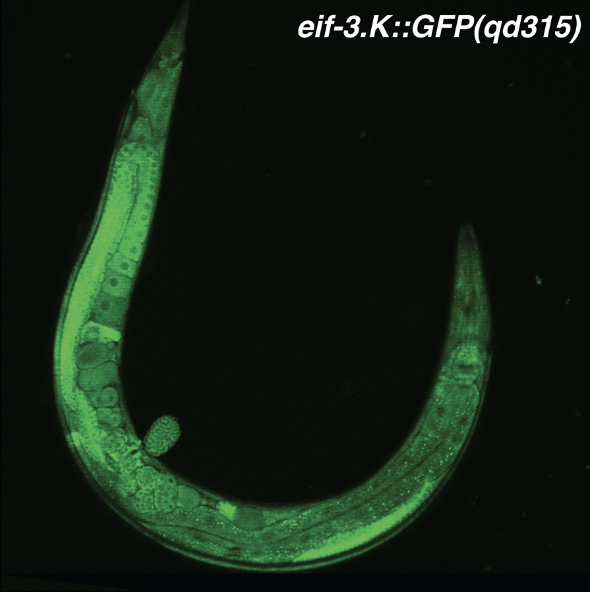Research
My primary field is quantitative biology; I synthesize concepts from molecular/cell biology and statistics/data science to study the behavior of complex biological systems. As a Ph.D. candidate, I primarily work on the development of new analytical methods for the analysis of high-dimensional data. Using these new software technologies, my research has informed guidelines for the optimal design of wet lab time-series experiments and explores the biological mechanisms that govern circadian rhythms and circadian health.
With my biological domain knowledge, my role is akin to that of a modern data scientist. I combine functional programming, mathematical modeling, statistical inference, topological data analysis, and dynamical systems theory to develop new analytical methods and derive meaning from experimental data. Common themes include:
- Development & validation of toy models
- Cross study concordant analysis
- Process dynamics & control
- Statistical modeling & analysis
See the sections below for an introduction to some of my past projects. Please feel free to contact me with any ideas, suggestions, or questions!
Dry Lab Research


TimeCycle: Topology-Inspired Method for the Detection of Cycling Genes
Northwestern, Department of Molecular Biosciences
Northwestern, NSF-Simons Center for Quantitative Biology
Advisor: Dr. Rosemary Braun
TimeCycle is designed to detect rhythmic genes in circadian transcriptomic time-series data. Based on topological data analysis, TimeCycle provides a reliable and efficient reference-free framework for cycle detection — handling custom sampling schemes, replicates, and missing data.

TimeTrial: a Tool for Optimizing Circadian Transcriptomics Experiments
Northwestern, Department of Molecular Biosciences
Northwestern, NSF-Simons Center for Quantitative Biology
Advisor: Dr. Rosemary Braun
TimeTrial is a user-friendly benchmarking framework using both real and synthetic data to investigate cycle detection algorithms’ performance and improve circadian experimental design. While algorithms for detecting cycling transcripts have advanced, there remains little guidance quantifying the effect of experimental design and analysis choices on cycling detection accuracy. By supplying a tool to vary and optimize experimental design considerations, TimeTrial will enhance circadian transcriptomics studies.

Fasano-Franceschini Test: an Implementation of a 2-Dimensional Kolmogorov-Smirnov test in R
Northwestern, Department of Molecular Biosciences
Northwestern, NSF-Simons Center for Quantitative Biology
Advisor: Dr. Rosemary Braun
The fasano.franceschini.test R package is an implementation of the 2-D KS two–sample test as defined by Fasano and Franceschini (1). The fasano.franceschini.test package provides three improvements over the current 2-D KS test on the Comprehensive R Archive Network (CRAN): (i) the Fasano and Franceschini test has been shown to run in O(n2) versus the Peacock implementation which runs in O(n3); (ii) the package implements a procedure for handling ties in the data; and (iii) the package implements a parallelized permutation procedure for improved significance testing. Ultimately, the fasano.franceschini.test package presents a robust statistical test for analyzing random samples defined in 2-dimensions.
Freelance Work

The Effects of Daylight Saving Time on Sunlight Hours Across the United States
-
Provided key analysis, R shiny web application, and figures for congressional hearings regarding impact of day light saving time on human health.

Wet Lab Research

Engineering Human Pluripotent Stem Cells with Insulin Reporter to Model Type 1 Diabetes | 2016 – 2017
MIT, Department of Biology
Advisor: Dr. Rudolf Jaenisch
Research Supervisor: Dr. Haiting Ma
The Jaenisch laboratory has been working on developing an in vitro model for Type 1 Diabetes (T1D) to be used for continued diabetes research. The goal of my project was to generate a human pluripotent stem cell line with a reporter construct knocked in at the INS locus. As such, pancreatic beta-like cells differentiated from the engineered pluripotent stem cells will be used to form a synthetic and antigen-specific interaction with cytotoxic T cells, thereby offering a tractable system to recapitulate the autoimmune response in T1D.

Regulation of Stress Physiology and Longevity by the EIF3 Translation Initiation Complex In C. Elegans | 2015 – 2016
MIT, Department of Biology
Advisor: Dr. Dennis Kim
Research Supervisor: Dr. Douglas Cattie
The Kim lab has been studying a particular protein complex in the nematode C. elegans, eIF3, because of its apparent role in regulating longevity and stress physiology. My project focused on evaluating a potential mechanism for the long- lived, stress resistant phenotype of mutants deficient in two subunits of this protein complex, EIF-3.K and EIF-3.L. I used CRISPR/Cas9-based genome engineering to introduce a fluorescent tag into a third gene in the protein complex, eIF-3.C. Confocal microscopy and transgenic rescue experiments were used to access the hypothesized mechanism.
